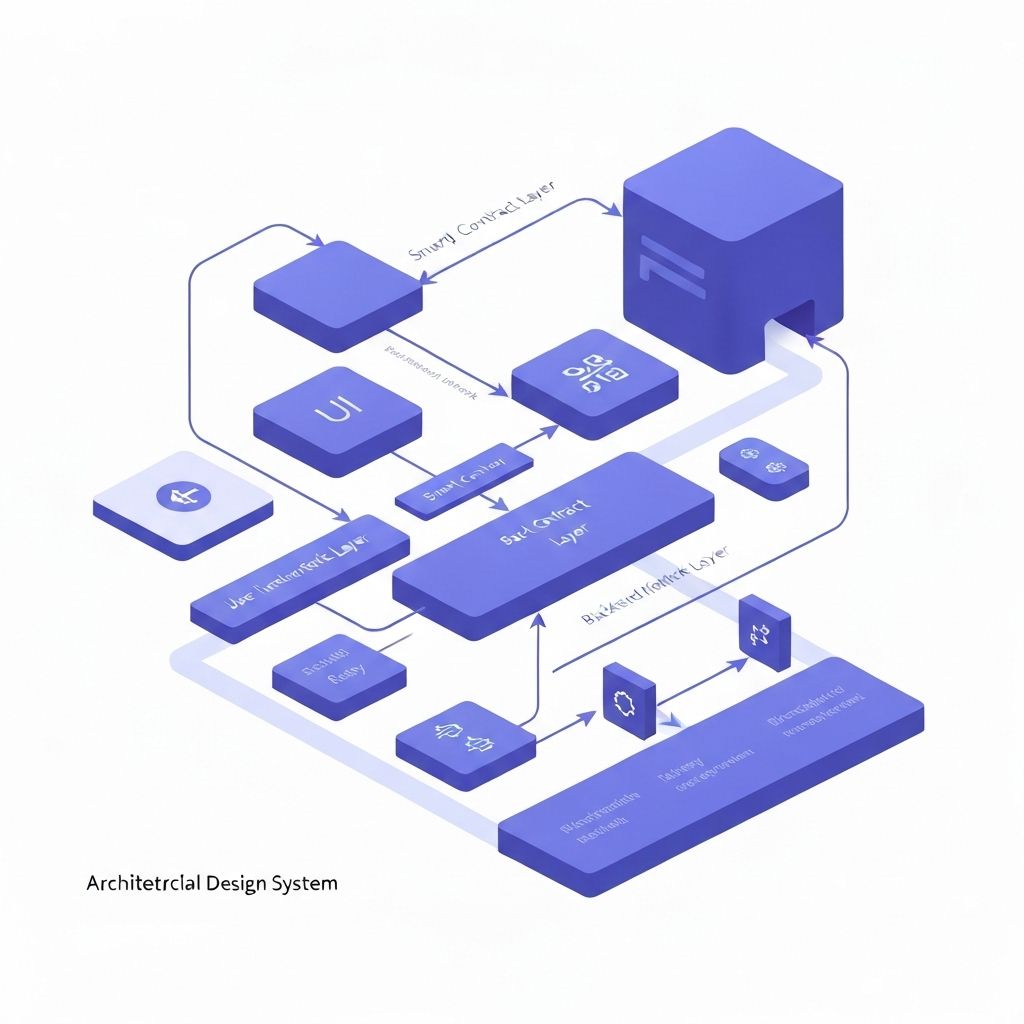NFT Marketplace Architecture: Scalable Solutions
Building a successful NFT marketplace requires careful consideration of scalability, user experience, and technical architecture. This guide explores the key components and design patterns for creating robust NFT platforms.
Core Architecture Components
1. Smart Contract Layer
The foundation of any NFT marketplace consists of several smart contracts:
- NFT Collection contracts (ERC-721/ERC-1155)
- Marketplace contracts for trading
- Royalty management systems
- Auction mechanisms
2. Backend Services
Microservices architecture with:
- NFT indexing service
- Metadata management
- Event processing
- User management
- Analytics and reporting
IPFS Integration
Metadata Storage
Proper IPFS integration ensures decentralized storage of NFT metadata and images, providing censorship resistance and permanence.
Performance Optimization
Database Indexing
Optimize queries with proper indexing strategies for NFT collections, ownership, and transaction history.
Caching Strategy
Implement Redis caching for frequently accessed data like collection stats and trending NFTs.
Security Considerations
- Smart contract security audits
- Backend API security
- Rate limiting and DDoS protection
- Signature verification for user actions
Conclusion
Building a scalable NFT marketplace requires careful consideration of smart contract design, backend architecture, frontend performance, and security. Focus on creating a seamless user experience while maintaining the decentralized nature of NFTs.
